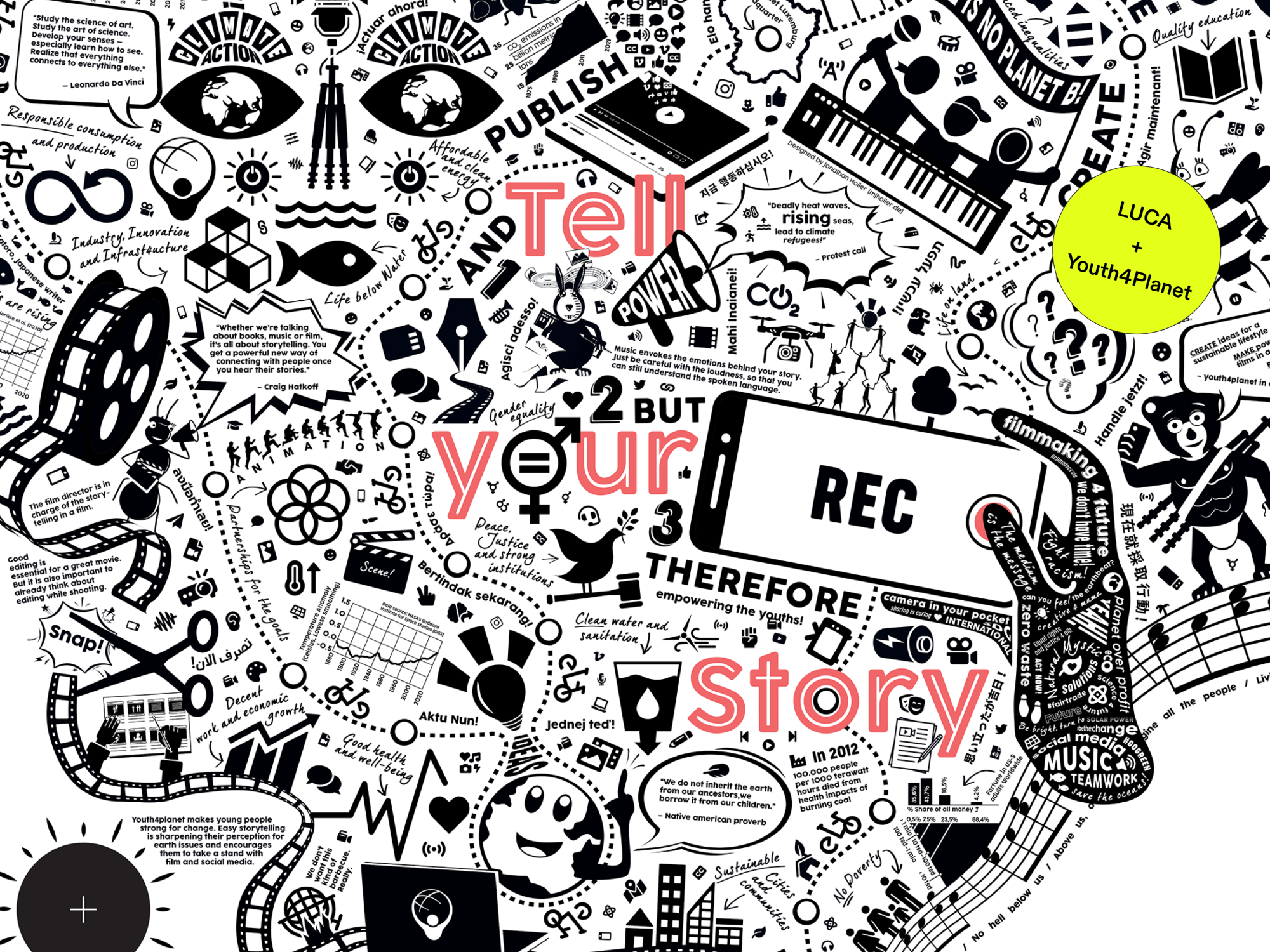Plastic is everywhere, in almost every product we have around us. We see plastic in the news and it’s on everyone’s lips, literally, because even in food the plastic is there. But it shouldn’t be that way, and in fact, many people are trying to reduce their plastic consumption, because plastic is highly harmful to the environment. But what is plastic anyway and how does it work to do without this ubiquitous substance? You will find some answers in this text.
The Problem with Plastic: Why It’s Time to Rethink Our Relationship with Synthetic Material
So, some basic information to start with. Plastic is another word for synthetic material and was invented in 1839 by Charles Goodyear. The good thing about this material is that it is suitable for many things, because it is light, does not break and is very durable.
But it takes a lot of petroleum to make it, a substance that is in limited supply. In addition, a lot of toxins are produced during the manufacturing process. Probably the biggest problem, however, is that plastic is not biodegradable. And so all plastic that ends up somewhere stays there, or at least takes a very, very long time to degrade. A standard PET bottle, for example, takes about 450 years to decompose. And unfortunately, a lot of plastic ends up in the sea and is either eaten by fish, drifts around or forms waste whirlpools together with a lot of other waste.
That’s why it’s very important to reduce your own plastic consumption, for the sake of the environment, and also for the climate, because when plastic is burned, a lot of CO² and a lot of other climate-damaging substances are blown into the air, which massively drives climate change.
So far so bad. But how can we reduce plastic in everyday life? After all, plastic is in almost everything.
In this paragraph you will find a few tips on the subject of ‘unpacked shopping’.
Shopping plastic-free: Tips for reducing packaging waste at the grocery store
Of course, the best places are weekly markets or stores that offer only or at least partially unpackaged goods. There you can take your own containers, cans or jars and fill them up with what you want. Fruits and vegetables can always be bought without packaging anyway, generally they have a peel after all and survive the trip to the home fruit bowl just fine without baggies. And if you want to keep all the tomatoes together, there are reusable vegetable nets, cotton bags or similar alternatives.
Using household items for plastic-free shopping
Pillowcases for the bread, jam jars for the nuts, lunch boxes for olives and cheese. There are things in every household that will allow you to shop plastic-free, you just have to look really hard.
Shopping unpackaged at the supermarket: Tips for finding alternatives
And if there is not (yet) an unpacked store in your area, or if it is too far away for the tempting once-in-a-while shopping? You can also shop unpackaged quite well in the supermarket.
Granted, it requires a willingness to look for alternatives, but that’s the way it is anyway; instead of waiting for your favorite salami to be available without plastic, switch to some from the sausage counter that you can have filled into your own bread box.
Conclusion
Get creative, take different routes than usual. You will see, for almost everything there is either another product in glass or an idea to make it yourself.
So: try it out and gradually switch to unpackaged or differently packaged products.
It’s worth it, for you, the environment and the climate. Because we are responsible for this world, each and every one of us.












1 comment
melvin reyes
Kopfkissenbezüge für das Brot, Marmeladengläser für die Nüsse, Brotdosen für Oliven und Käse. In jedem Haushalt gibt es Dinge https://partesdelcuerpo.com/arco-cigomatico/